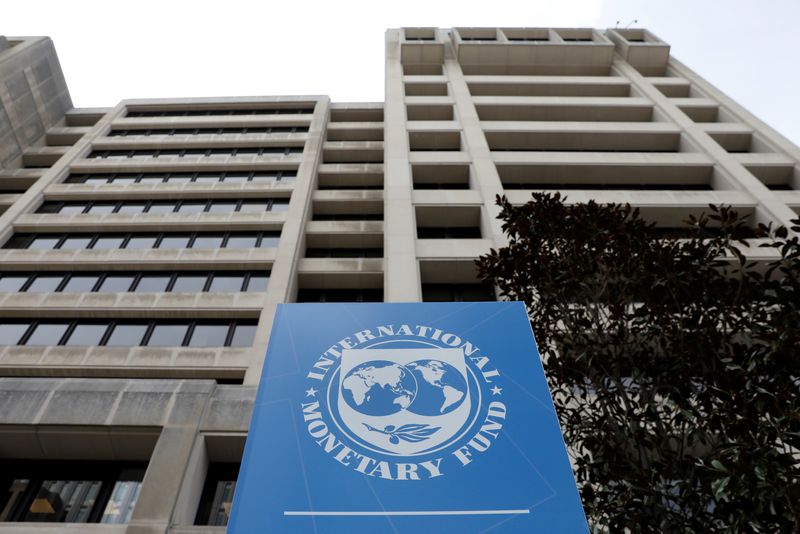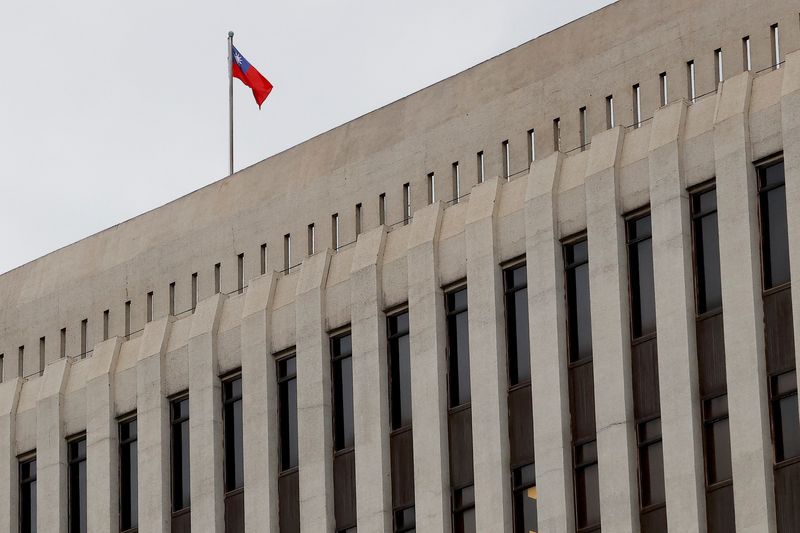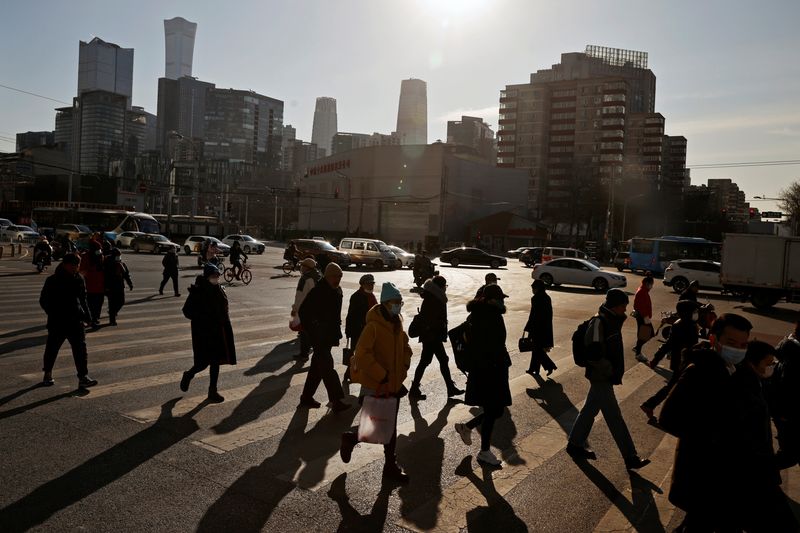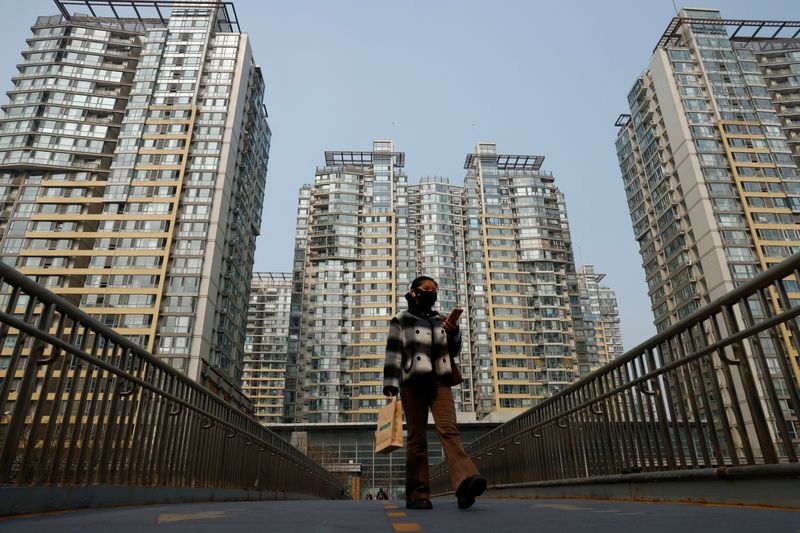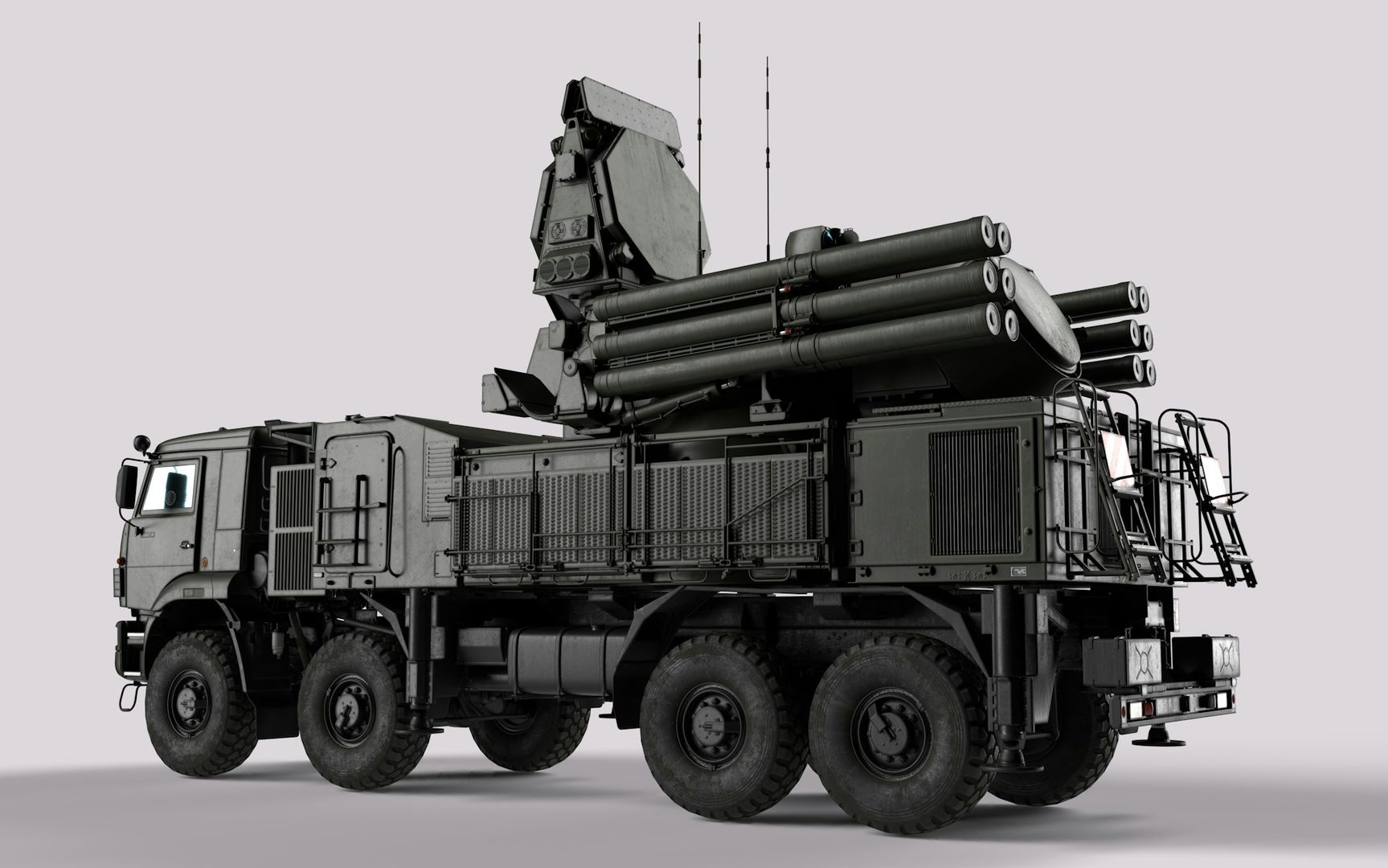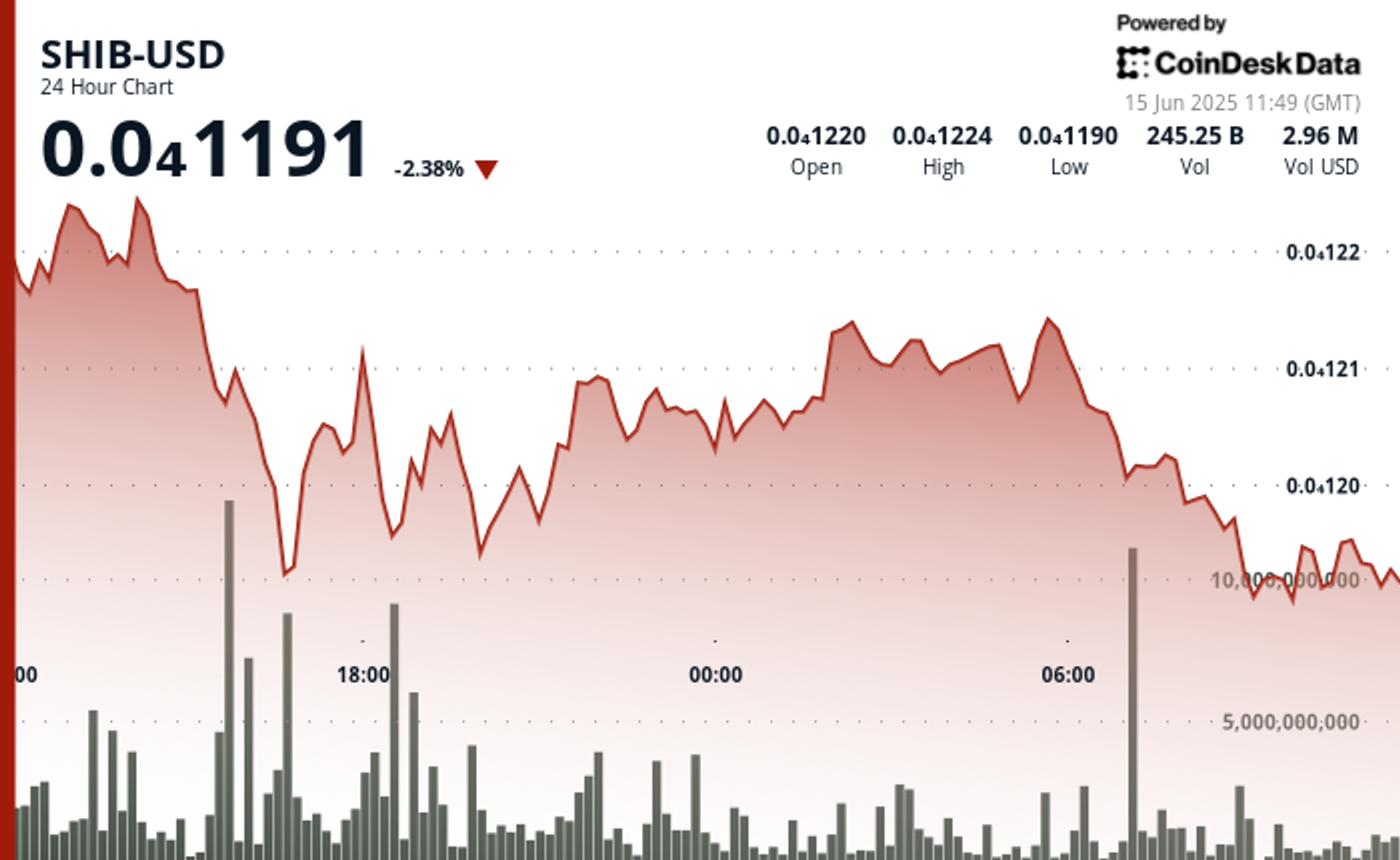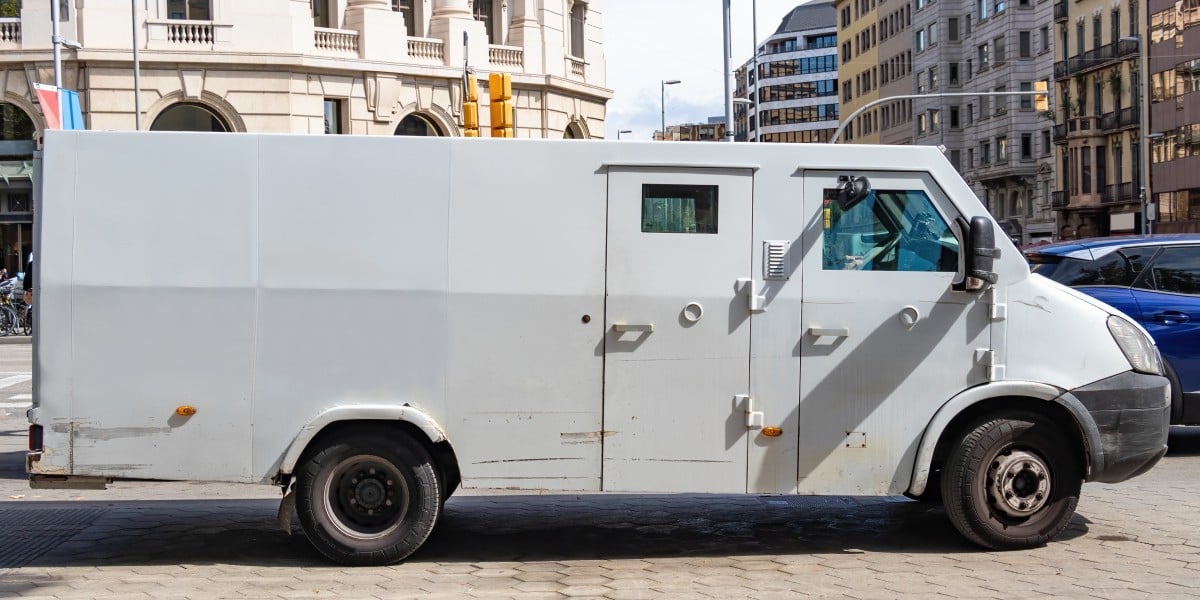Is Iran running out of missiles? Its rate of attack on Israel is already slowing down, think tank says
Israel has targeted Iran's stockpile of missiles as well as its ability to launch them, according to the Institute for the Study of War.

- Iran has launched hundreds of missiles at Israel in response to its expansive air strikes, though not as many as expected. Meanwhile, Israel has targeted Iran’s missiles as well as its ability to launch them. The Institute for the Study of War said Iran’s rate of attack is already slowing down from its initial barrages.
The conflict between Israel and Iran escalated over the weekend as both sides appeared to expand their range of targets, including energy infrastructure.
But despite Israel’s aggressive air strikes and even suggestions that they are aimed at the regime itself, Iran has not responded in kind, launching fewer missiles than expected and at a declining rate.
That’s because Israel has targeted Iran’s stockpile of missiles as well as its ability to launch them, according to the Institute for the Study of War.
“The frequency of Iran’s missile barrages targeting Israel has decreased since the start of the Israeli air campaign on June 12, which suggests that Israeli strikes are impacting the rate at which Iran can launch missiles at Israel,” ISW researchers wrote in an assessment on Sunday.
On Friday and Saturday, Iran conducted six waves of attacks using 100-200 missiles, ISW estimated. But since Saturday, Iran has only conducted two waves of attacks using 35-40 missiles each.
Using the high end of each ISW estimate, that means the initial waves averaged about 33 missiles each, while the subsequent waves have averaged 20 missiles.
On Saturday, ISW’s analysis of the Israel-Iran conflict noted that Tehran had reportedly planned to launch 1,000 ballistic missiles at Israel in response to Israeli attacks. But ISW’s tally at the time put the total at just 200.
“Iran has used significantly fewer munitions in its response to Israel than originally planned because the IDF destroyed and damaged missile launchers and silos that Iran planned to use to retaliate against Israel,” ISW wrote.
Before the current conflict started, U.S. and Israeli estimates put Iran’s stockpile of missiles at about 2,000, but not all of them have enough range to reach Israel, according to ISW.
If that number is accurate, then Iran’s current rate of missile launches at Israel may not be sustainable for much longer.

To be sure, Iran has inflicted significant damage and caused fatalities, but Israel’s Iron Dome missile-defense system has been intercepting many attacks, limiting the effectiveness of Iran’s retaliation.
Other analysts have previously noted that Iran has few viable military options, and its overall capabilities have been severely degraded by Israel.
That could force Tehran to look for ways to retaliate in ways that don’t involve launching missiles. An Iranian lawmaker said Saturday that the closure of the Strait of Hormuz, a critical chokepoint in the global energy trade, was under serious consideration. The equivalent of 21% of global petroleum liquids consumption, or about 21 million barrels per day, flows through the strait.
Meanwhile, Israel is continuing its own barrage and expanding its targets to include Iran’s energy infrastructure. After wiping out much of Tehran’s top military leadership as well as pummeling nuclear and military facilities, Israel has hit fuel supplies and the Pars South gas field, considered to the world’s largest reservoir of natural gas.
The Pars field is critical to Iran’s domestic energy production, and more than 90% of Iran’s electricity is generated by gas-powered plants, according to ISW.
“Disruptions to Iran’s natural gas production will likely worsen the country’s ongoing energy crisis and lead to more widespread electricity blackouts, however,” ISW said on Sunday. “Iranians have previously protested against the regime in response to energy shortages. Demonstrations over the rising gas prices in 2017 and 2018 escalated into broader challenges for the regime’s stability.”
This story was originally featured on Fortune.com























